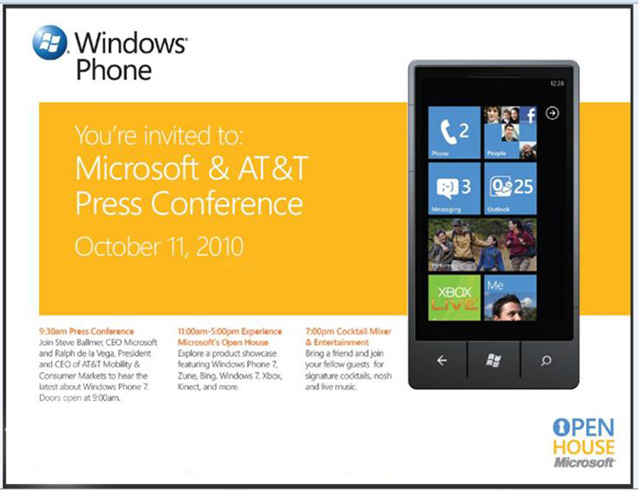Business & Finance Club - U.S : Initially released ten years ago, in April 2000, Microsoft’s mobile operating system – Windows Mobile – was once a dominant force in the smartphone and handheld market. Things change: after Apple’s iPhone completely altered the way we think about smartphones, followed by Google’s increasingly popular mobile platform Android, Windows Mobile devices just didn’t have what it takes to compete with the new breed of smartphones.
Enter Windows Phone 7. After the transitional phase that was Windows Mobile 6.5 – and let’s face it, it really was no more than a quick fix, with Windows Mobile’s overall market share plummeting month after month – Microsoft has finally decided to embrace the new smartphone philosophy. It threw away the stylus and created a completely new, finger-friendly UI, coupled with an OS that enables easy integration with Microsoft’s services Xbox Live and Bing, as well as social networks such as Facebook.
Today at 9:30 a.m. ET we’ll learn about the actual devices powered by Windows Phone 7, coming from handset makers such as Samsung, LG and HTC. It all sounds promising, but we already know about a couple of Windows Phone 7’s drawbacks: apparently, devices based on WP7 won’t support copy and paste, and tethering.











